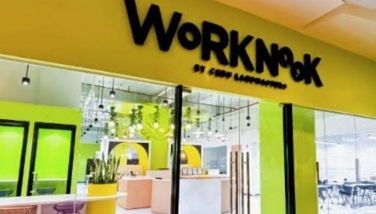Rebuilding vs. Restoration
Many of us harbor a desire to own an early Toyota Landcruiser from our youth. This was one vehicle that we could use in our daily driving and take off-road. Its popularity in the 70s and the 80s paved the way for what it is now, a off-roading luxury SUV. While the introduction of the Toyota Landcruiser 60 years ago spelled success, it is seldom that you find an early model in the streets. Yes, there are rebuilt ones from the DPWH, but seldom will you find a restored example.
There is a big difference between rebuilding and restoring a landcruiser. Most of the older Landcruisers found in the country have been rebuilt at least once in their service life, but not all have been restored. That is the process of taking something old and used and making it operate in good condition. This process, sometimes confused with restoration, is a fix that brings the vehicle back to operating status. This allows much more leeway because almost any component that fits and works can be used to make the vehicle stronger, faster, more nimble, or better able to perform specific tasks. This is widely known as “kumbinar”.
The process of restoring a vehicle though is a much more difficult job. In the process of making the vehicle new again, it must also be as close as possible to when it originally exited the factory. This process requires a lot of dedication as it demands so much time and research, not to mention, funding.
One good example of a fully restored early landcruiser is the 68’ FJ40 model restored by Byron Piramide’s BP Restoration. The vehicle was restored to original specifications, leaving the well-placed airconditioning system, the winch and the tires as the few add-ons that were not factory spec. in my interview with Byron, he said that the parts for the FJ 40 are still widely available but are just pricey. “I really didn’t have that much difficulty sourcing out the parts as it was still available, though a bit pricey. It was the pre-restoration inventory and the research involved that was taxing. I had to research on the period correctness of the parts as well as the compatibility. I had to buy references like parts catalogs, books and of course, I had to ask a lot of questions from the landcruiser enthusiasts,” Piramide said. He said he was fortunate enough he got a good platform to restore as the engine, transmission and transfer case were still very much in good condition. But one cannot be too lucky with a restoration of a car practically built in the 60’s. “The car still required a lot of attention. I probably changed 80-85% of the parts, not to mention the tedious process of separating the body from the chassis; stripping everything down, body repair, painting and putting it back together. The suspension, the brakes, the interior are generally new.”
Byron eagerly began the restoration project 14 months ago, with an undisclosed budget. He said, “I ended up taking over a year to restore it. The whole process was time consuming but enjoying. It was really done stage by stage, even the small brackets for the brake and fuel lines, I had to give attention to. I had to complete all the decals to factory appearance. I just had to restore the car up to the last detail.”
- Latest






















